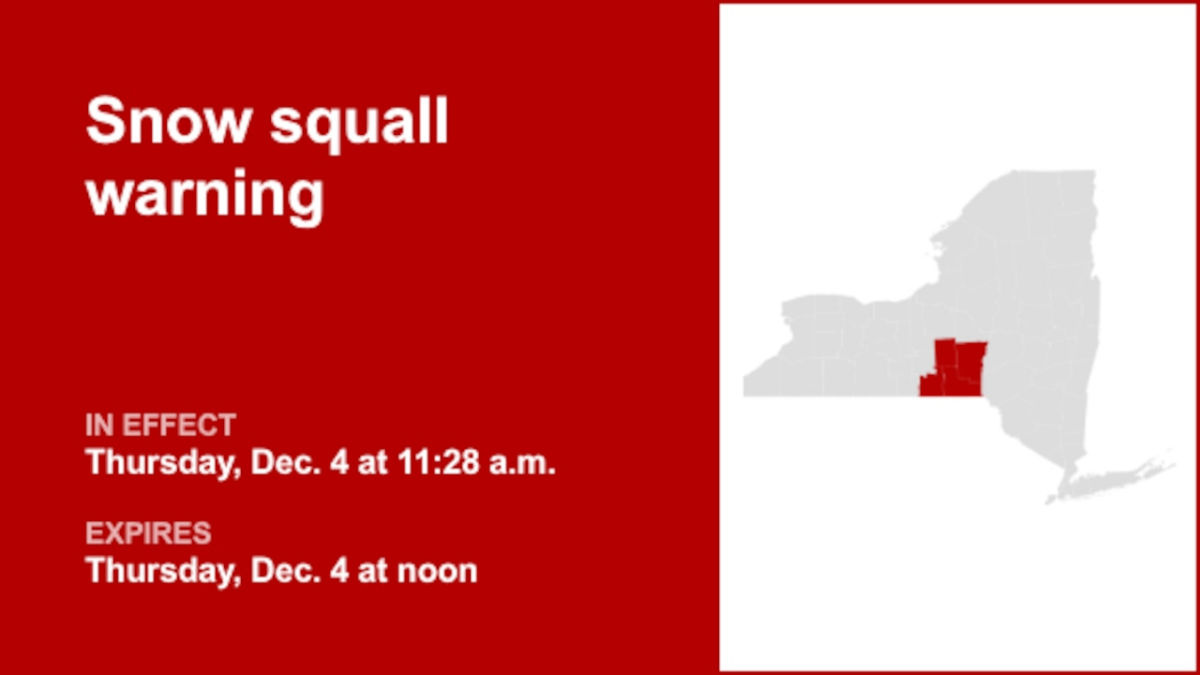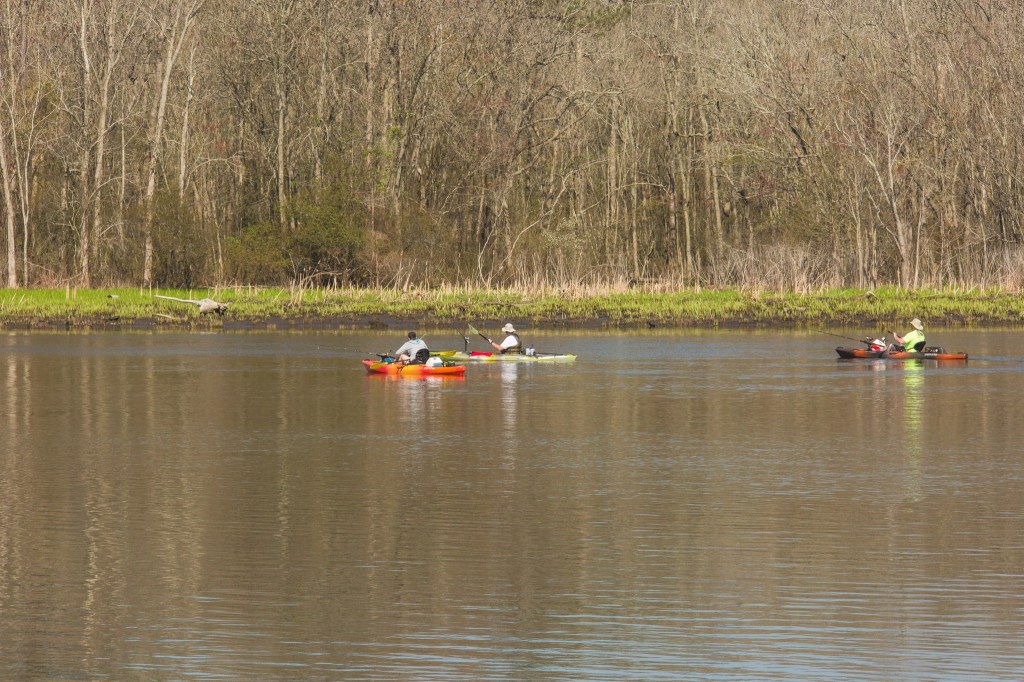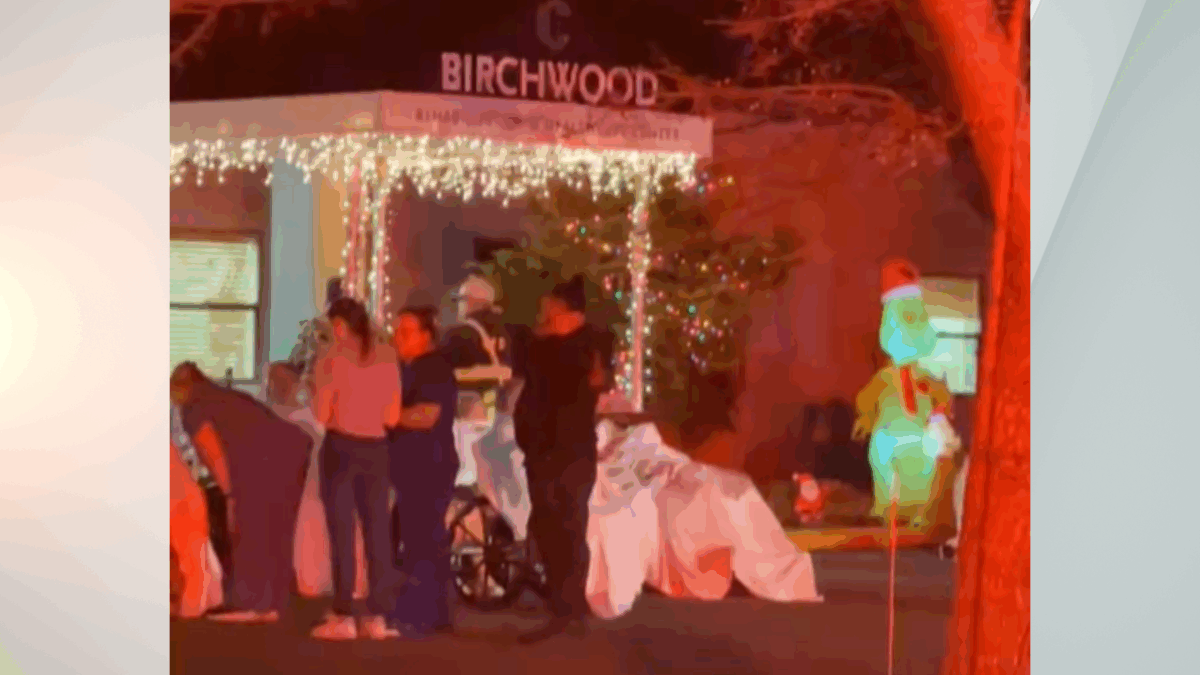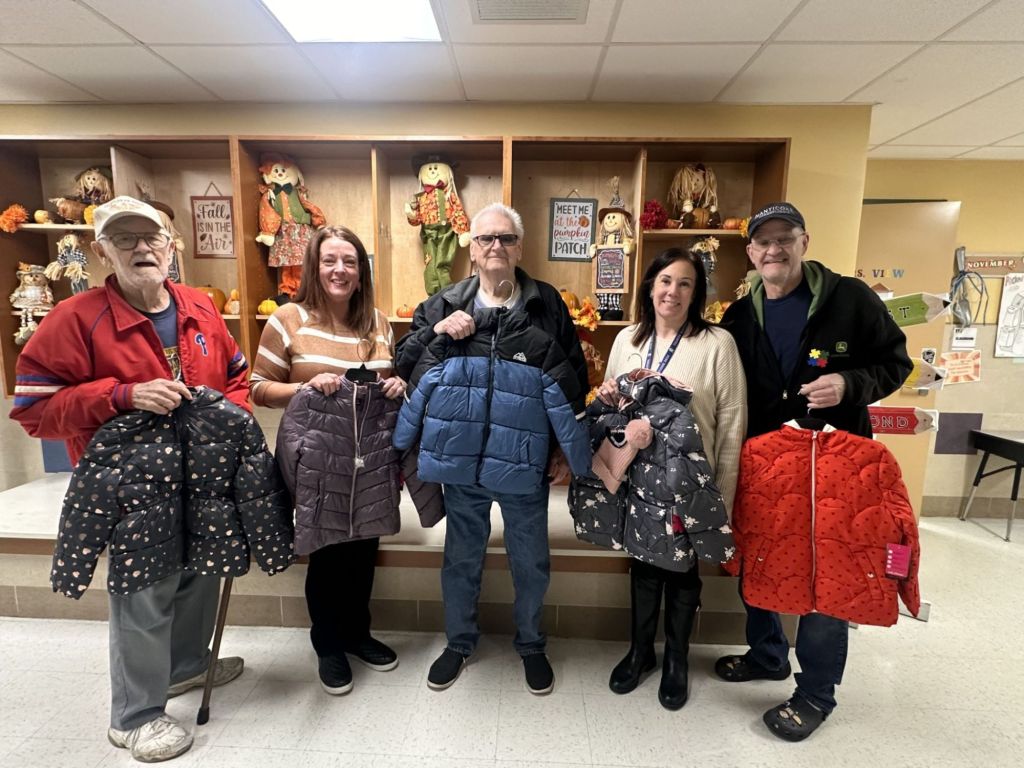Ella Stambaugh scored a game-high 24 points and Ellie Kersey had 12 as Wyoming Seminary jumped out quickly on the way to a 61-38 win over Old Forge in girls basketball Wednesday night.
Stella Ruiz added 11 for the Blue Knights.
Berwick 62, Williamsport 40
Abby Calarco scored a game-high 20 points as Berwick defeated Williamsport.
Grace Robbins added 12 and Addison Remley scored nine.
Nanticoke Area 39, Pittston Area 33
Three Trojanettes scored in double figures as Nanticoke Area held off a tough challenge from Pittston Area.
Kate Reed and Nevaeh Baran scored 11 points each for Nanticoke Area, while Jordyn Johnson chipped in 10 points.
Bella Dessoye led Pittston Area with 11 points. Giuliana Latona added 10 points.
Riverside 48, Wyoming Area 18
The Warriors were tripped up in a non-league loss to Riverside. Caitie Beecham led Riverside with 18 points.
Jailyn Park had 10 points and six rebounds to pace Wyoming Area.
Northwest 40, Milton 27
Ava Ruckle scored 21 points and Natalia Ninotti added 12 as Northwest defeated Milton.
BOYS BASKETBALL
Wyoming Area 54, Mid Valley 43
Luke Kopetchny scored 34 points and Mitchell Rusinchak added 11 as Wyoming Area defeated visiting Mid Valley.
Dallas 73, Lake-Lehman 36
Pat Flanagan scored 16 points and Tyce Mason and Brady Mizzer added 13 each as Dallas defeated rival Lake-Lehman.
Jake Evans scored 10 for Lehman.
Abington Heights 79, Wyo. Valley West 47
AJ Hickson had 13 points for Wyoming Valley West in a loss to visiting Abington Heights.
Zach Mondesir added nine.
Elk Lake 65, Nanticoke Area 40
Elk Lake pulled away in the second half to defeat Nanticoke Area.
Louden Mullery led Nanticoke Area with 10 points. Treyton…

















 Tunkhannock’s Mackenzie Gregory gets past Lackawanna Trail’s Hannah Phillips during a game on Wednesday, Dec. 11.
Tunkhannock’s Mackenzie Gregory gets past Lackawanna Trail’s Hannah Phillips during a game on Wednesday, Dec. 11.